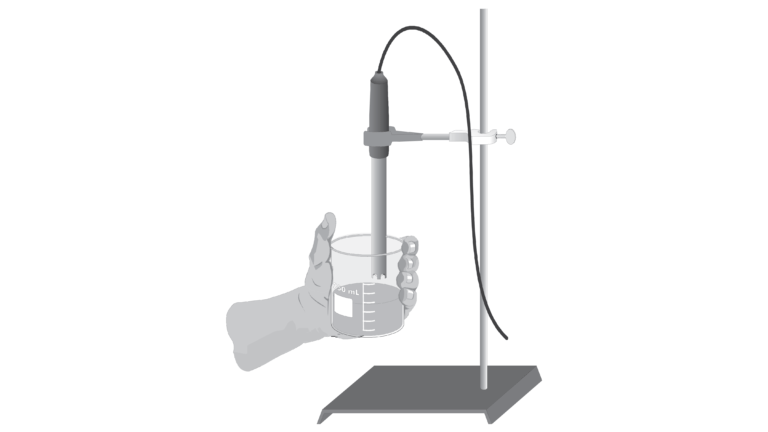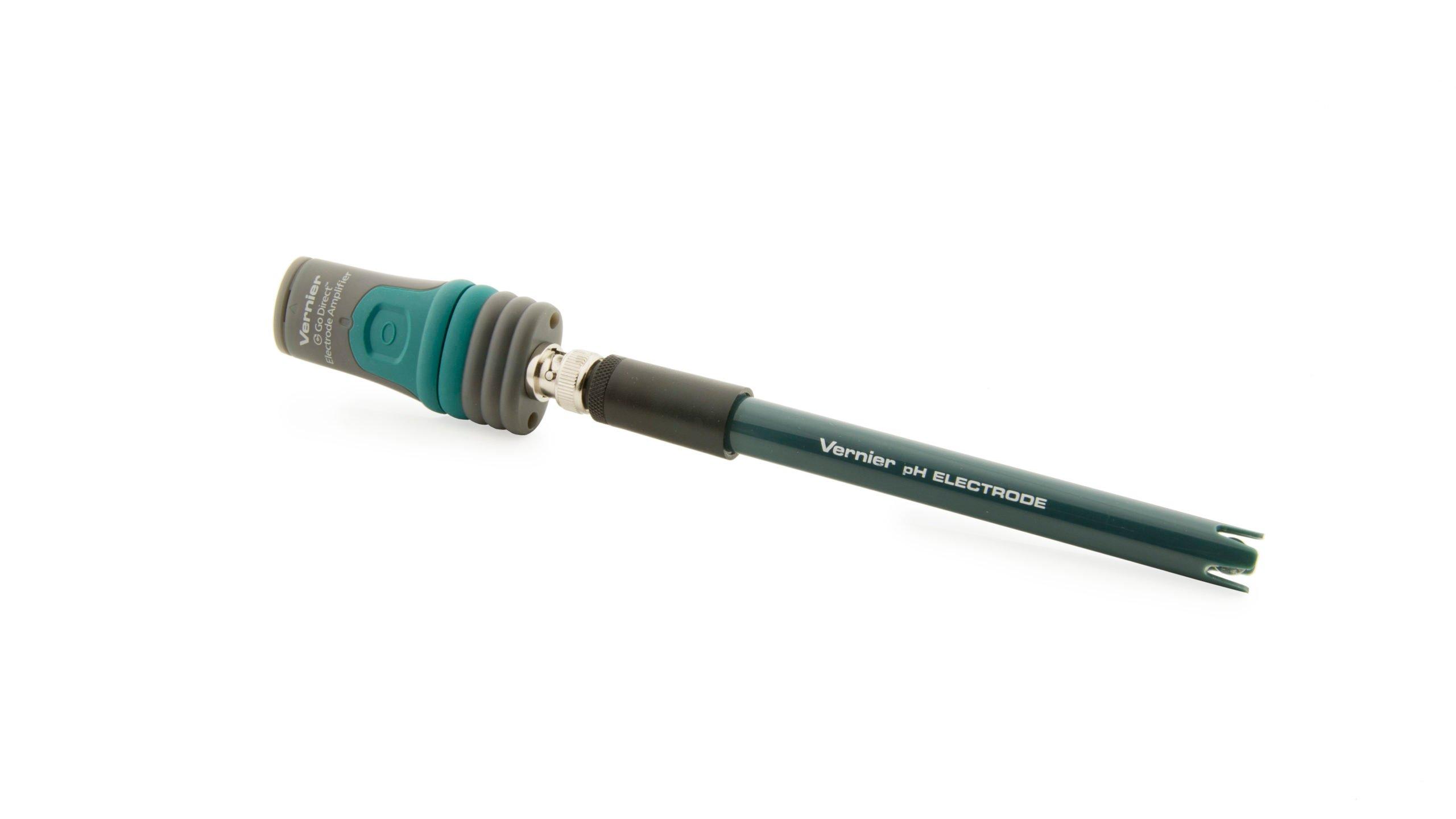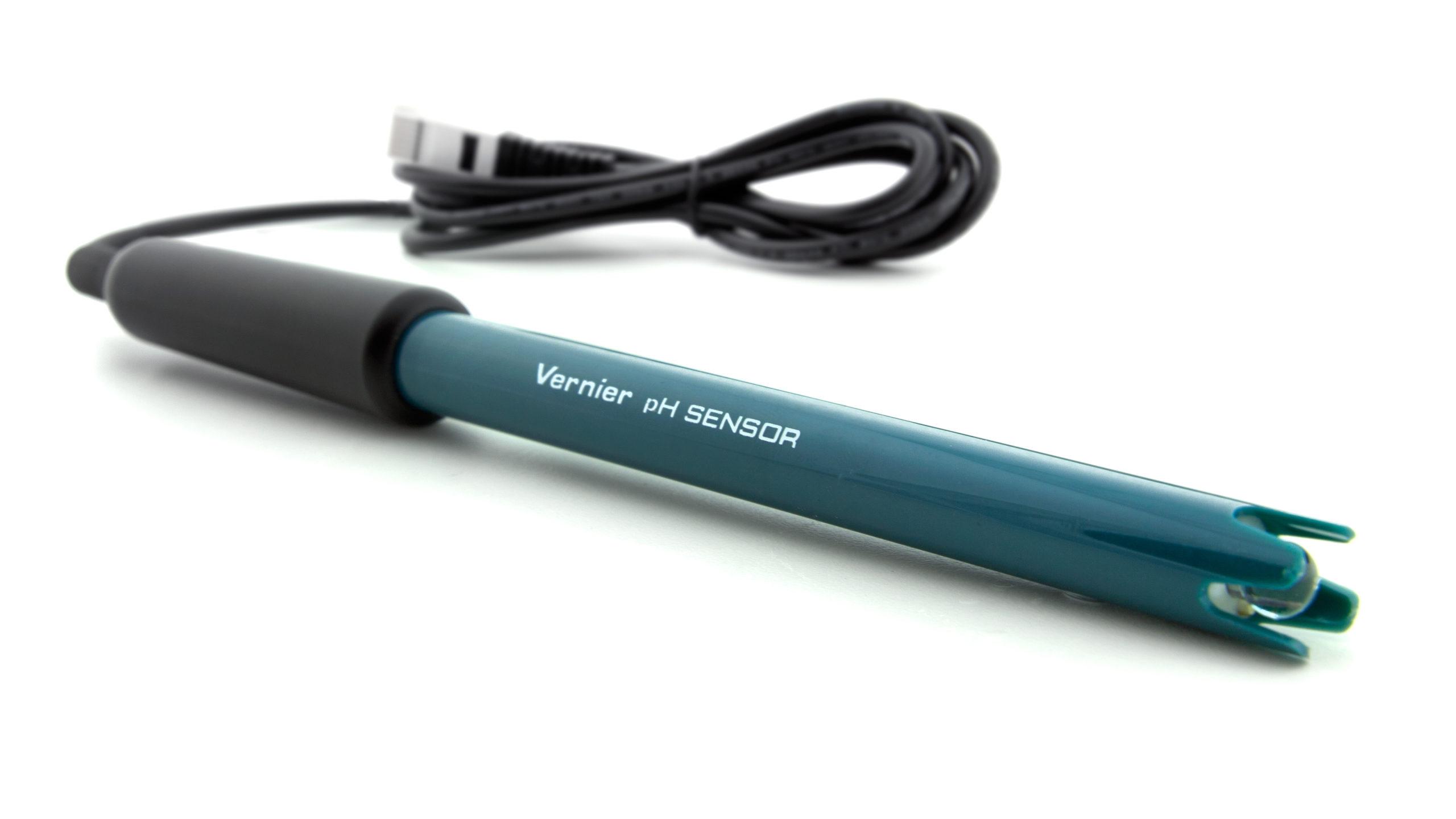Household Acids and Bases
Experiment #21 from Chemistry with Vernier
- Education Level
- High School
- Subject
- Chemistry

Introduction
Many common household solutions contain acids and bases. Acid-base indicators, such as litmus and red cabbage juice, turn different colors in acidic and basic solutions. They can, therefore, be used to show if a solution is acidic or basic. An acid turns blue litmus paper red, and a base turns red litmus paper blue. The acidity of a solution can be expressed using the pH scale. Acidic solutions have pH values less than 7, basic solutions have pH values greater than 7, and neutral solutions have a pH value equal to 7.
In this experiment, you will use litmus and a computer-interfaced pH Sensor to determine the pH values of household substances. After adding red cabbage juice to the same substances, you will determine the different red cabbage juice indicator colors over the entire pH range.
Objectives
In this experiment, you will
- Use litmus paper and a pH Sensor to determine the pH values of household substances.
- Add cabbage juice to the same substances and determine different red cabbage juice indicator colors over the entire pH range.
Sensors and Equipment
This experiment features the following sensors and equipment. Additional equipment may be required.
Option 1

Option 2

Ready to Experiment?
Ask an Expert
Get answers to your questions about how to teach this experiment with our support team.
- Call toll-free: 888-837-6437
- Chat with Us
- Email support@vernier.com
Purchase the Lab Book
This experiment is #21 of Chemistry with Vernier. The experiment in the book includes student instructions as well as instructor information for set up, helpful hints, and sample graphs and data.

